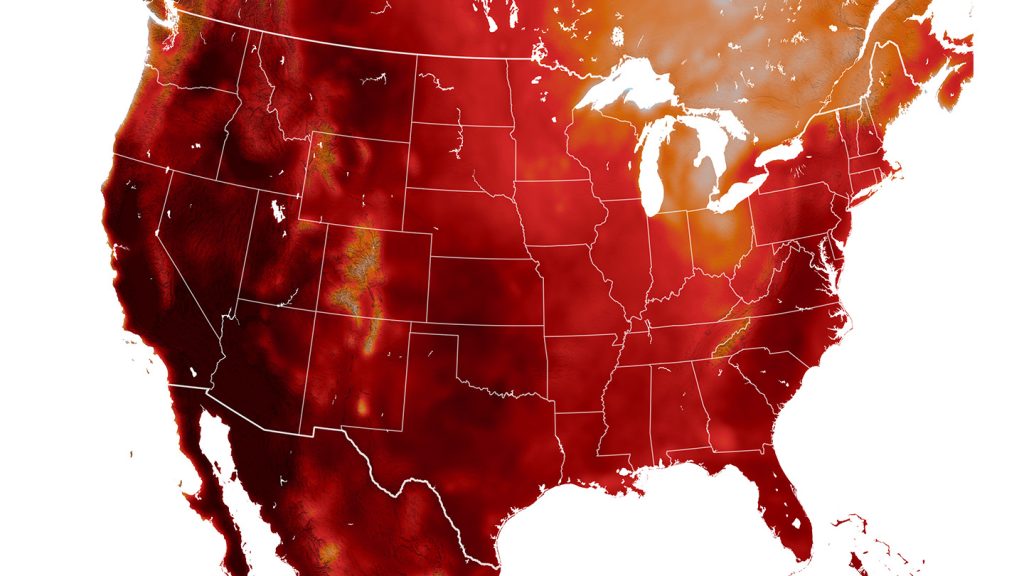Heat-related deaths in the United States are increasing, with an estimated 8,000-plus deaths associated with extreme temperatures every year. As the climate warms, the frequency, duration, and intensity of heat waves are also increasing, pushing the limits of our bodies’ ability to withstand sweltering temperatures. Scientists predict that within the next few decades, the number of heat-related deaths could double or triple, largely due to heat.
Researchers used data on the monthly number of days with extreme temperatures and deaths from 2008 to 2019 to estimate the current number of deaths associated with extreme temperatures. They then projected future temperatures and population sizes to estimate the number of deaths associated with extreme temperatures in the middle of the 21st century under different emission scenarios. By 2036 to 2065, the annual number of heat-related deaths could double with a lower increase in emissions or triple with a higher increase in emissions.
The study found that older adults, non-Hispanic Black adults, Hispanic adults, and adults living in urban areas are at the highest risk of increased heat-related deaths. This disparity could be due to factors such as lower tree cover and limited access to air conditioning in neighborhoods with more minority residents, impacting the temperatures people experience. Understanding these risks is crucial for developing interventions and policies to protect vulnerable populations from the impacts of heatwaves.
Supporting science journalism is crucial at this time to enhance scientific literacy and ensure that important societal decisions are made based on scientific evidence. Increased awareness of the impacts of climate change on human health, such as heat-related deaths, can help drive action to reduce greenhouse gas emissions and implement measures to protect public health. Subscribing to science news sources can help increase understanding and support efforts to address the challenges posed by climate change.


